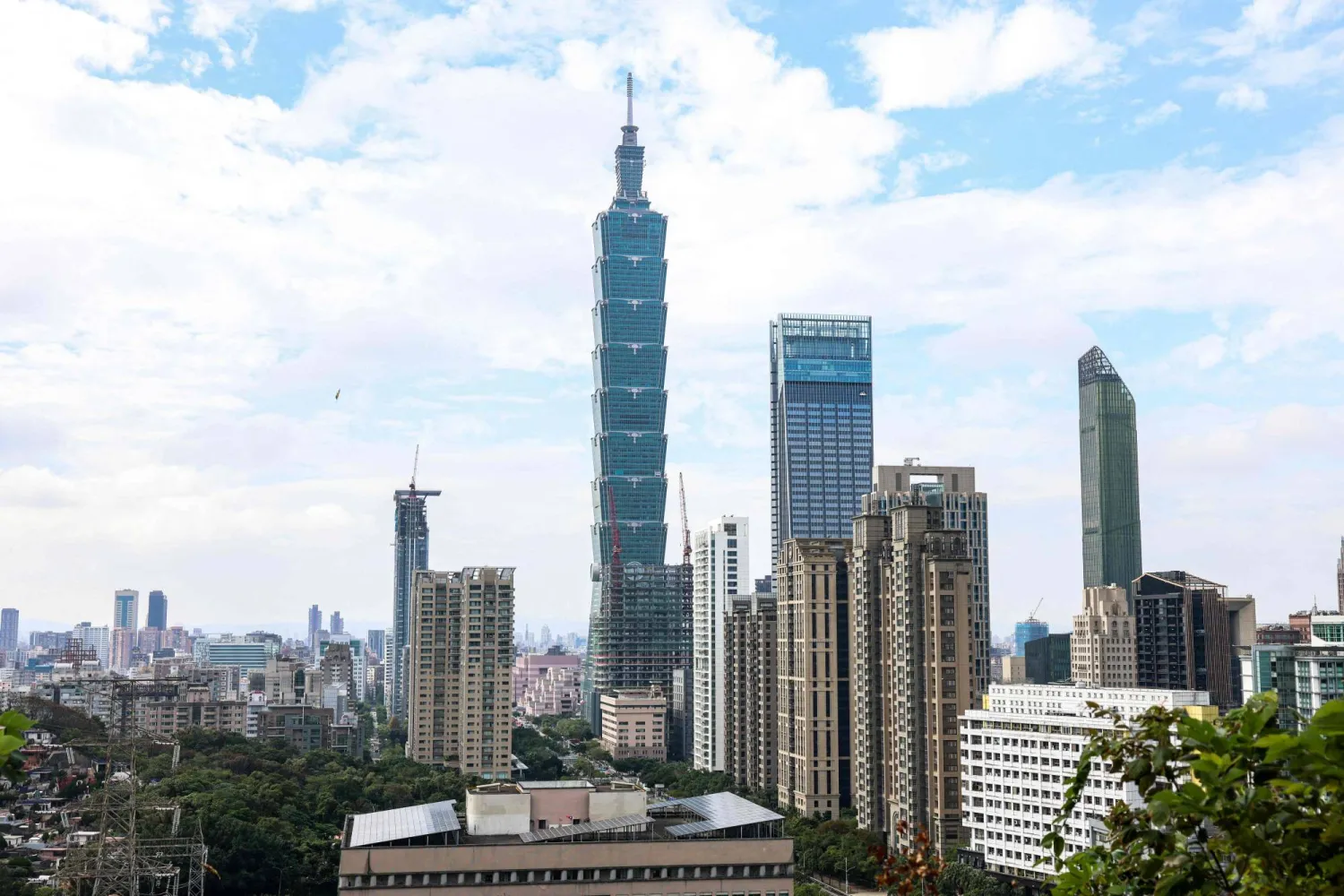Iranian President Ebrahim Raisi threatened to wipe out Haifa and Tel Aviv if Israel took “the slightest” move against his country. He also called on foreign forces, especially US troops, to leave the region “urgently.”
His statements came during a ceremony broadcast live on state television to mark Iran’s annual Army Day.
Raisi stressed that his message on Army Day was that of “peace and friendship to the countries of the region, which will be strengthened by those who want to maintain security in the region.”
But he added: “The message of our army and armed forces to foreign powers, especially US troops, is to leave the region as soon as possible… because Iran’s presence… guarantees security while foreign forces threaten it.”
The president was speaking from a main podium overlooking a military parade that included drones and ballistic missiles.
He pledged to increase government support to equip the military, saying: “The government considers itself obligated to ease the concerns of the armed forces.”
He noted that the army has been provided with “advanced” equipment, referring to the recent supply of drones and short-range ballistic missiles after years of superiority for the Iranian Revolutionary Guards Corps (IRGC), which possesses modern equipment.
Moreover, Raisi said: “The enemies, especially the Zionist regime, have understood that the smallest action against (Iran) will prompt a harsh response from the armed forces that will lead to the destruction of Haifa and Tel Aviv.”
His warning coincided statements to the media by IRGC leaders and Iranian military officials about their country’s growing power, armament, and regional role.
The General Coordinator of the Iranian Army, Habibollah Sayyari, said his forces had “new news about the drones,” adding: “We will not use our capabilities against friendly countries and regional states.”
Raisi’s threats to Israel came as the G7 foreign ministers urged Iran on Tuesday to stop nuclear escalation and to fulfill its legal obligations regarding the non-proliferation of nuclear weapons.
“We reiterate our clear determination that Iran must never develop a nuclear weapon, and urge Iran to cease nuclear escalations. We call on Iran to fulfill its legal obligations and political commitments regarding nuclear non-proliferation without further delay,” a statement by the G7 read.
It added: “We remain deeply concerned about Iran’s unabated escalation of its nuclear program, which has no credible civilian justification and brings it dangerously close to actual weapon-related activities. We recall recent sampling by the IAEA which found particles of uranium highly enriched to 83.7 percent. A diplomatic solution remains our preferred way to resolve international concerns regarding Iran’s nuclear program.”
The G7 foreign ministers also expressed concern about Iran’s “continued destabilizing activities, including the transfer of missiles, unmanned aerial vehicles (UAVs) and related technologies to state and non-state actors and proxy groups in breach of UNSCRs including 2231 and 2216.”









